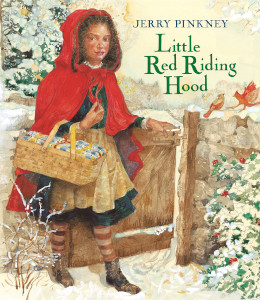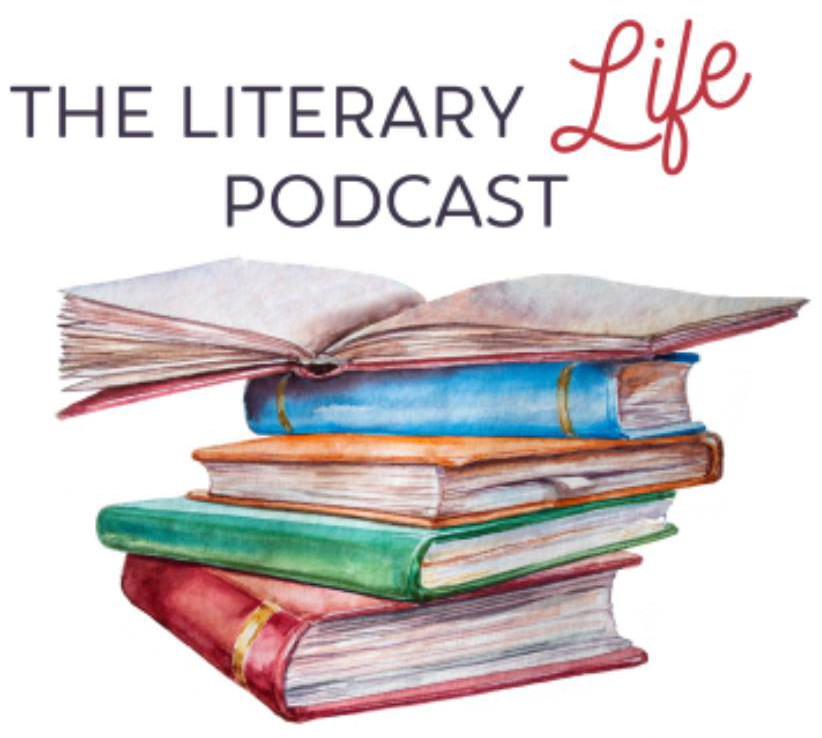Little Red Riding Hood (Adaptation)

Content:
Little Red Riding Hood
Illustrator:
Jerry Pinkney ![]()
Jerry Pinkney
Publication:
2007 by Little, Brown & Company
Genre:
Fairy Tales, Fiction, Folk Tales
Pages:
40
Current state:
Basic information has been added for this book.
It has been read but content considerations may not be complete.
Book Guide
Search for this book used on:
Go see how your grandmother is faring," Little Red Riding Hood's mother said. "Mind you, little miss," she instructed, "be certain to go straight there."
In this inspired rendering of the classic Grimm Brothers folktale, five-time Caldecott Honor-winning artist Jerry Pinkney introduces two favorite children's characters to a new generation: the sly, scary wolf and the sweet little girl in her famous red hood. Readers will squeal with delight all over again during that most memorable scene when Little Red Riding Hood declares, "Oh, Grandmama, what great teeth you have!"
Pinkney's charming, masterfully-wrought illustrations—as warm and cozy as Little Red Riding Hood's cloak and as captivating as the clever wolf himself—are sure to lure you into the heart of this treasured tale.
From the dust jacket
To view an example page please sign in.
To view awards and booklists please sign in.
Please sign in to access the type of illustrations and view more books with this type.
Resource Guide
Episode 70: Why Read Fairy Tales?
Released in 2020 by The Literary Life
Available formats: Streaming Audio
Length: 1 hr. 29 min.
View on the The Literary Life site
"Angelina Stanford and Cindy Rollins tackle the topic of fairy stories, discussing the what, why and how of reading them. Angelina shares the distinctive characteristics of fairy stories in contrast to other types of stories, such as myths. They deal with the question of whether fairy tales are 'escapist', the influence of the Grimm brothers scholarly work on interpreting fairy stories, and allowing the story to unveil its deeper truths without forcing meaning onto it.
Angelina gives an illustration of how to see the gospel messages in fairy tales by talking us through the story of Sleeping Beauty. She refutes the ideas that fairy tales are about human romance or are misogynistic. She also highlights some of the Enlightenment and Puritan responses to fairy tales that still linger with us today. Cindy and Angelina also discuss some common concerns such as the magical, weird, or scary aspects of fairy tales. Angelina also makes a distinction between folk tales, literary fairy tales, and cautionary tales."
Find This Book
Search for this book used on:



